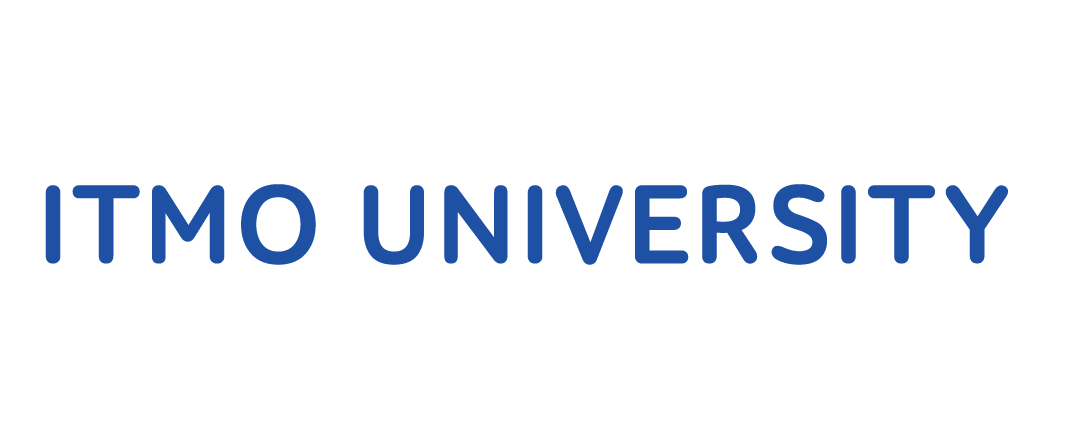Menu
Publications
2025
2024
2023
2022
2021
2020
2019
2018
2017
2016
2015
2014
2013
2012
2011
2010
2009
2008
2007
2006
2005
2004
2003
2002
2001
Editor-in-Chief

Nikiforov
Vladimir O.
D.Sc., Prof.
Partners
doi: 10.17586/2226-1494-2025-25-1-68-77
Method of semantic segmentation of airborne laser scanning data of water protection zones
Read the full article
Article in Russian
For citation:
Abstract
For citation:
Sai S.V., Zinkevich A.V. Method of semantic segmentation of airborne laser scanning data of water protection zones. Scientific and Technical Journal of Information Technologies, Mechanics and Optics, 2025, vol. 25, no. 1, pp. 68–77 (in Russian). doi: 10.17586/2226-1494-2025-25-1-68-77
Abstract
This article presents an evaluation of the efficiency of a neural network method for the semantic segmentation of three-dimensional point clouds obtained using the Geoscan 401 Lidar UAV. The proposed implementation of the neural network is based on the PointNet++ deep learning model which directly processes point clouds. A technique has been developed for acquiring and preparing a dataset with four classes: land, vegetation, vehicles, and construction objects. To increase the accuracy of the evaluation, a technique based on augmentation and redistribution of the datasets has been proposed. The neural network model consists of hierarchically constructed blocks that perform sampling, grouping, and feature extraction. Adjusting the number of blocks and setting the search radius for local features affects both the accuracy of segmentation and computational costs. The efficiency of the method for semantic segmentation of three-dimensional point clouds obtained using the Geoscan 401 Lidar UAV has been evaluated. The augmentation and redistribution technique improved the average Intersection over Union (IoU) value by at least 35 %. For the obtained data, the optimal radius in the grouping layer was determined, ensuring a balance between detail and sensitivity. It was found that an increase in the number of points in the dataset does not lead to a significant improvement in accuracy; however, the diversity of the datasets used enhances the method efficiency. The developed dataset increases the effectiveness of the applied approach, including when training other models. The results of this study indicate the potential for using the proposed methods and algorithms in constructing digital models of the Amur River and its main tributaries.
Keywords: Lidar survey, airborne laser scanning, point cloud, semantic segmentation, PointNet neural network, hydrological research
Acknowledgements. The study was supported by a grant from the Russian Science Foundation No. 24-11-20024 and the Ministry of Education and Science of Khabarovsk Krai (Agreement No. 124C/2024).
References
Acknowledgements. The study was supported by a grant from the Russian Science Foundation No. 24-11-20024 and the Ministry of Education and Science of Khabarovsk Krai (Agreement No. 124C/2024).
References
- Nerov I.O., Krasnopeyev S.M., Bugaets A.N., Belikov V.V., Glotko A.V., Borisova N.M., Vasileva E.S., Krolevetskaya Yu.V. Experience in digital terrain model generation for hydrodynamic modeling in the Amur River basin. Vestnik of Far Eastern Branch of Russian Academy of Sciences, 2021, no. 6 (220), pp. 45–55. (in Russian). https://doi.org/10.37102/0869-7698_2021_220_06_04
- Behley J., Garbade M., Milioto A., Quenzel J., Behnke S., Stachniss C., Gall J., SemanticKITTI: a dataset for semantic scene understanding of LiDAR sequences. Proc. of the IEEE/CVF International Conference on Computer Vision (ICCV), 2019, pp. 9296–9306. https://doi.org/10.1109/iccv.2019.00939
- Angrish A., Bharadwaj A., Starly B. MVCNN++: computer-aided design model shape classification and retrieval using multi-view convolutional neural networks. Journal of Computing and Information Science in Engineering, 2021, vol. 21, no. 1, pp. 011001. https://doi.org/10.1115/1.4047486
- Feng Y., Zhang Z., Zhao X., Ji R., Gao Y. GVCNN: Group-View Convolutional Neural Networks for 3D Shape Recognition. Proc. of the IEEE/CVF Conference on Computer Vision and Pattern Recognition (CVPR), 2018, pp. 264–272. https://doi.org/10.1109/cvpr.2018.00035
- Li M., Cao Y., Wu H. Three-dimensional reconstruction for highly reflective diffuse object based on online measurement. Optics Communications, 2023, vol. 533, pp. 129276. https://doi.org/10.1016/j.optcom.2023.129276
- Sfikas K., Pratikakis I., Theoharis T. Ensemble of PANORAMA-based convolutional neural networks for 3D model classification and retrieval. Computers and Graphics, 2018, vol. 71, pp. 208–218. https://doi.org/10.1016/j.cag.2017.12.001
- Riegler G., Ulusoy A.O., Geiger A. OctNet: learning deep 3D representations at high resolutions. Proc. of the IEEE Conference on Computer Vision and Pattern Recognition (CVPR), 2017, pp. 6620–6629. https://doi.org/10.1109/cvpr.2017.701
- Choy C., Gwak J., Savarese S. 4D spatio-temporal ConvNets: Minkowski convolutional neural networks. Proc. of the IEEE/CVF Conference on Computer Vision and Pattern Recognition (CVPR), 2019, pp. 3070–3079. https://doi.org/10.1109/cvpr.2019.00319
- Hua B.-S., Tran M.-K., Yeung S.-K. Pointwise convolutional neural networks. Proc. of the IEEE Conference on Computer Vision and Pattern Recognition (CVPR), 2018, pp. 984–993. https://doi.org/10.1109/cvpr.2018.00109
- Li W., Luo Z., Xiao Z., Chen Y., Wang C., Li J. A GCN-Based method for extracting power lines and pylons from airborne LiDAR data. IEEE Transactions on Geoscience and Remote Sensing, 2022, vol. 60, pp. 1–14. https://doi.org/10.1109/TGRS.2021.3076107
- Wang Y., Sun Y., Liu Z., Sarma S.E., Bronstein M.M., Solomon, J.M. Dynamic graph CNN for learning on point clouds. ACM Transactions on Graphics, 2019, vol. 38, no. 5, pp. 146. https://doi.org/10.1145/3326362
- Liang Z., Yang M., Deng L., Wang C., Wang B. Hierarchical depthwise graph convolutional neural network for 3D semantic segmentation of point clouds. Proc. of the International Conference on Robotics and Automation (ICRA), 2019, pp. 8152–8158. https://doi.org/10.1109/ICRA.2019.8794052
- Zhao Y., Zhou F., Guo B., Liu B. Spatial temporal graph convolution with graph structure self-learning for early MCI detection. Proc. of the IEEE 20th International Symposium on Biomedical Imaging (ISBI), 2023, pp. 1–5. https://doi.org/10.1109/isbi53787.2023.10230807
- Qi C.R., Su H., Mo K., Guibas L.J. PointNet: deep learning on point sets for 3D classification and segmentation. Proc. of the IEEE conference on computer vision and pattern recognition (CVPR), 2017, pp. 1–9. https://doi.org/10.1109/cvpr.2017.16
- Qi C.R., Li, Y, Su H., Guibas L.J. PointNet++: deep hierarchical feature learning on point sets in a metric space. arXiv, 2017, arXiv:1706.02413v1. https://doi.org/10.48550/arXiv.1706.02413
- Varney N., Asari, V.K., Graehling Q. DALES: a large-scale aerial LiDAR data set for semantic segmentation. Proc. of the IEEE/CVF Conference on Computer Vision and Pattern Recognition Workshops (CVPRW), 2020, pp. 1–10.













